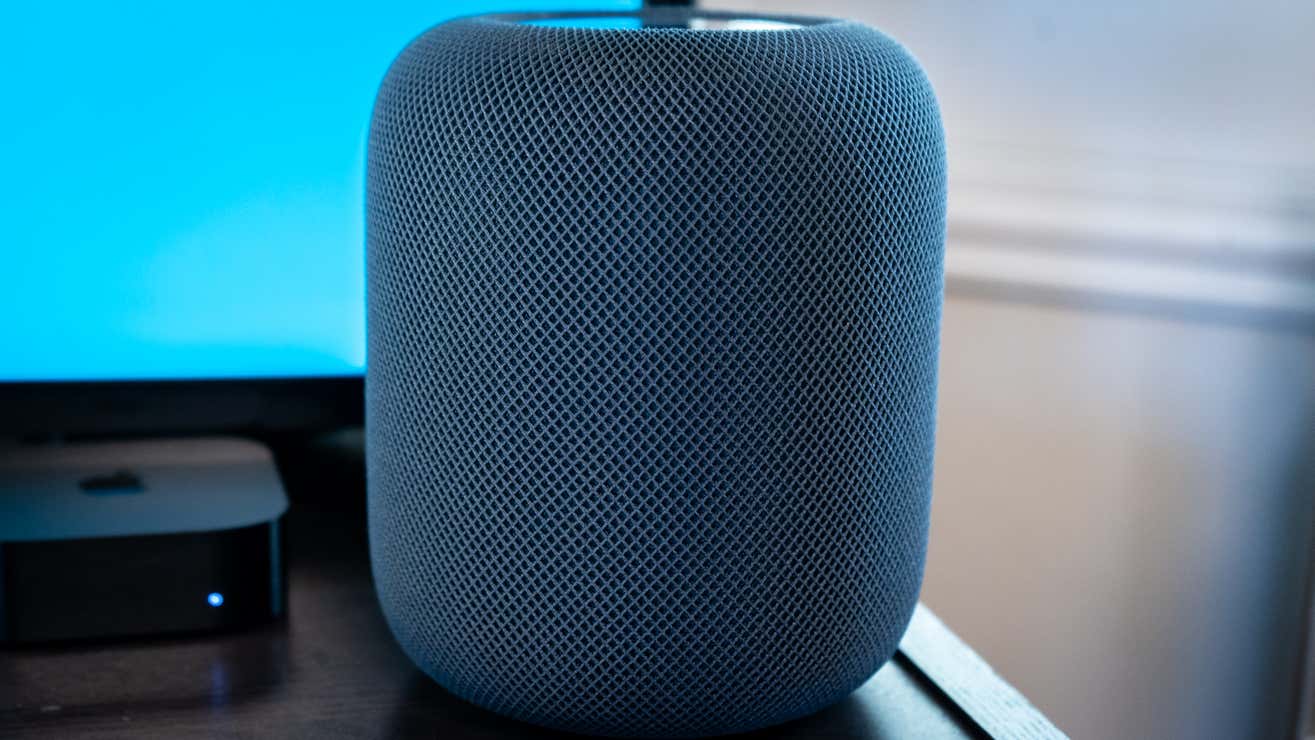I've previously spread the word about my Android-inclining ways here at Gizmodo. At the point when Apple reported it was refreshing the HomePod shrewd speaker, I didn't have the foggiest idea about why it was no joking matter — or why my Apple buddies had such high expectations for and stresses over it. Then, at that point, I understood it was on the grounds that Apple flubbed the principal HomePod, which immediately got a cost drop after its delivery and was then suspended. There was trust that this model would fix what didn't work in the final remaining one and would recover it, particularly since the HomePod Small had offered some relief. Sadly, that is not the situation.
Apple's HomePod has a lot of contest to be however normal as it could be. Let me get straight to the point: it is a decent shrewd speaker. It's pretty to check out, simple to set up, and works perfectly assuming that you're inside the Apple Music environment. Be that as it may, the sound it produces isn't incredible, particularly not since the Apple-accommodating Sonos Time series of shrewd speakers sent off. Purchasing two HomePods won't work on the sound a lot, either, essentially insufficient to legitimize the expense. At $300/piece, there are less expensive choices that can create so a lot or more presence than two HomePods hung together. Furthermore, assuming that it's Siri and shrewd home controls you're later, the HomePod Small is considerably more reasonable at $100.
The second-gen HomePod configuration doesn't wander a long way from the first-gen, yet Apple leads with what works. The HomePod is a basic, round speaker. It doesn't hang out in dark or white when set against the scenery of rural home life. All things being equal, it mixes in like a container you spent a lot on at West Elm. It's Apple's moderation basically.
While one HomePod peered fine inside my office on a rack, my two particular high contrast survey units watched awkward when I took them to the lounge room and attempted to involve them as a left-and-right sound cluster. The issue is that I've proactively fabricated my television arrangement around a soundbar, so I needed to put the HomePods on various household items to approach it. One HomePod sat on the chimney mantle, while the other was on the television bureau. At a certain point, I put both HomePods on the floor so I wouldn't need to check their long link tails out. At times, moderation possibly functions admirably on the off chance that the remainder of the house is furnished for it, and the plan causes the HomePod to feel more like a solitary gadget instead of something expected to be important for an all out encompass sound arrangement.
The HomePod is loaded with five horn-stacked tweeters and a four-inch woofer. That is two less tweeters than the last HomePod, however the one woofer remains something similar. The tweeters are all face outward in a round exhibit, significance you'll hear your sound regardless of where you stand around the gadget. There's additionally an Apple S7 chip working with the spatial room sound abilities, which assist compensate for the decreased tweeter with counting. It is in fact a more fragile chip than the iPhone 6's A8 processor, which was fueling the last-gen HomePod, yet Apple changed to the Apple Watch's processor for its shrewd speakers when it presented the HomePod Small scale in 2020.
Zooming nearer, you'll see a marginally punctured surface inside the HomePod's cross section net. While tenderly holding the HomePod, you can feel some cushioning outwardly crush. This general delicate quality could be an issue on the off chance that the HomePod drops from a high-up place like a mantle or shelf. I don't claim this equipment, so I didn't push it on toughness while testing. In any case, it's something special to pay special attention to assuming that you're putting one as high as possible.
Like the patched up Sonos Period speakers and its ancestor, Apple's on-gadget HomePod controls are at the highest point of the speaker. You can tap to control the volume or raise Siri, and the speaker's top will illuminate as the computerized colleague tunes in. The base is additionally level currently, contrasted with the first-gen HomePod, which appeared as though somebody had scooped it out. The base has a rubbery completion, so the speaker isn't bobbing around on smooth surfaces. It did fine on a similar unstable shelf where I tried the Sonos Period 300.
Setting up the HomePod is simple. Stroll into the room with the HomePod while holding the iPhone you're setting it up with, and the Apple Home application will promptly spring up with a window requesting that you pair the two. Doing this with a sole unit or a left-and-right exhibit is simple. It's even simple to move the HomePods from one space to another and reconfigure them all. This comfort is a major piece of the Apple experience, and I'll concede — once in a while I wish Google's stuff felt as such.


0 Comments